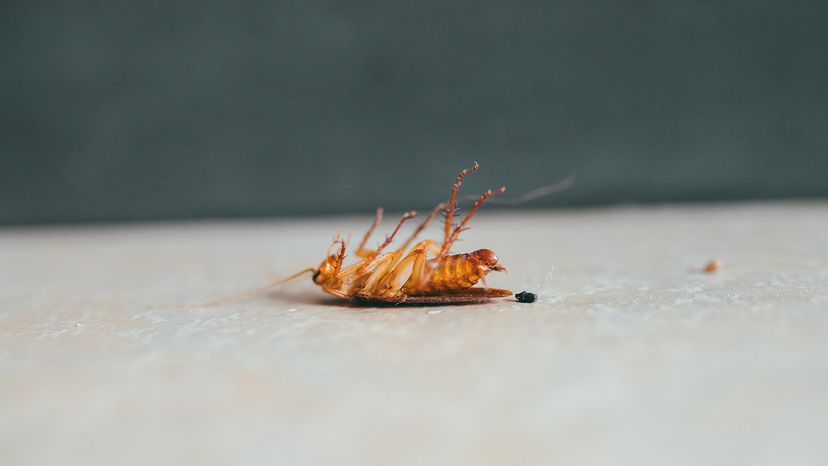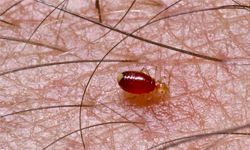
Unless you've lived in particularly close quarters, you might not appreciate the particular challenges it can present. It's probably rather unusual to reach adulthood without living in some kind of multi-unit housing -- apartments, condos, or even college dorms. So you know, or can easily remember, how easy it is to share (whether you want to or not). This includes unsavory aromas, unidentifiable sounds (which are sometimes preferable to the alternative -- those noises that are so easily placed they may bring visuals to mind) and, often, your neighbors might share their houseguests, too.
We're not talking about your neighbors' cousins coming over to steal a few beers from the fridge. It's a little less obvious (at least at first); but unfortunately, it also has the potential to be a lot more sinister.
Advertisement
Townhouse dwellers are among the luckiest types of neighbors -- they get lots of practice sharing! There's the shared wall; that's obvious. And depending on the particular complex's configuration, owners are likely to share driveways, patios and outdoor space, too. Chances are, people who live in townhouses are well aware that sights, sounds and smells can easily leak from one part of the building to another. But until a pest infestation occurs, it's much easier (and definitely preferable) to ignore the other ways the home can be intruded. Because of the many obvious ways that townhouses are connected, there are also lots of hidden pathways. (Think of Remy the rat scurrying undetected through Paris in the movie "Ratatouille.")
You might think you know your neighbors, but how well do you really know them? If pests spread around a complex, prepare to get a lot closer. Surviving pest attacks often requires a united front...but afterward, it's hard to forget a new and more intimate knowledge of your neighbors' domestic habits.

